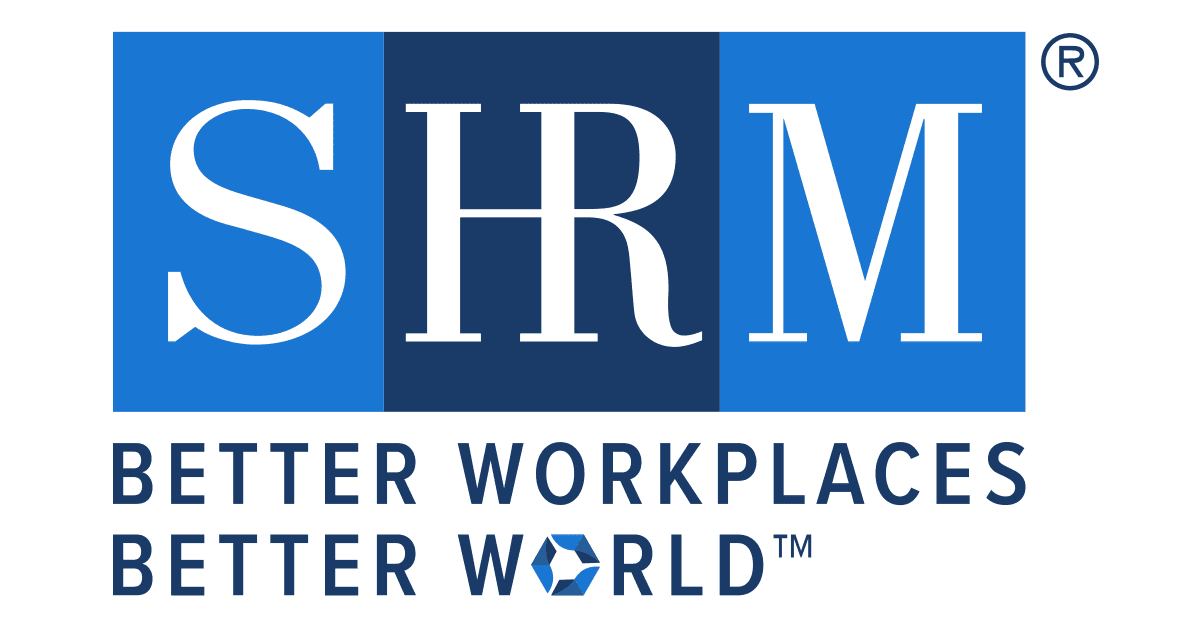
Taking initiative at work is a crucial skill for any employee who wants to succeed in the workplace. As a temporary employee, learning to take the initiative could land you a permanent job offer. In contrast, as a permanent employee, it could lead to a raise or a promotion. Moreover, many people find their careers more personally rewarding and fulfilling when fully embracing their roles. Taking measures to be more proactive in your job could open doors that allow you to do more of the work you prefer. Learning how to take initiative at work is mutually beneficial to you and your employer. If you want to gain insight into what being proactive looks like in practice, check out this overview to learn how to find opportunities to do so.
1. Offer assistance
A large part of showing your independence and motivation at work is ensuring you always have something to do. The easiest way to stay busy is to help out other people and departments with their workload. When you have downtime between projects, you should seek extra opportunities to help around the office as an intelligent method of taking initiative. When taking initiative at work, offer to assist your supervisor or coworkers if they are working to meet a deadline or finish a project.
When it comes time to hand out bonuses or promotions, your boss will remember when you stepped up to offer assistance. Plus, helping out between departments or teams allows you to strengthen connections throughout the company. This enables you to be a better employee while networking, opening the door to potential new opportunities for growth.
2. Seek improvement
A proactive employee constantly seeks ways to improve processes around the office. This tactic of taking initiative at work should focus on how you can help or add value to the company. Taking initiative on the job means always keeping your eyes peeled to make office procedures more efficient and effective and then sharing your suggestions with your supervisor.
For example, if you think you have a great way to boost your company’s online presence, come up with a pitch for your boss and present it to them. Ensure you’ve put some time and consideration into your idea for improvement. Pitching a plan without thinking through any potential obstacles or questions will not go over well. A well-outlined solution backed by research, on the other hand, is a fantastic way to demonstrate taking initiative!
3. Solve problems
Take the opportunity to solve problems as they arise whenever possible. A quick problem solver is an excellent asset for any manager because you’re taking stress off your boss and freeing up their time for better office management and employee support.
However, if there is a problem that you believe you are unauthorized to take care of, you should seek assistance before trying to solve things yourself and stepping on any toes. When learning to take initiative at work, it’s vital to note that this does not mean you should overstep boundaries or offer advice when it’s unnecessary. Instead, taking initiative on the job means understanding the appropriate time and place to step up to the plate.
4. Ask for more responsibilities
Let your boss know if you have mastered your current responsibilities and have extra time to take on more work each day. Rather than waiting for your boss to give you more work, you should go to them and let them know you can handle more. By taking initiative in this way, you’ll communicate to your boss your eagerness and that you are someone to be relied on.
Ask your boss if there are any tasks that you could take off their hands and manage yourself. You can also request new types of assignments to learn and hone new skills. Seeking additional responsibilities will show you are ready for growth and might even warrant a promotion or raise.
5. Work hard
Taking initiative at work doesn’t always require seeking extra work outside your responsibilities. It also applies to exceeding expectations for those responsibilities within your role. This is essential, because if you aren’t meeting the base-level expectations for your position, trying to take initiative by asking for additional responsibilities will not work.
Plan to turn in your work before a deadline or prepare in advance for projects that haven’t started yet to ensure proactive engagement with your role. You should also focus on performing to the best of your ability. Turning in your work early means nothing if your supervisor needs to make changes and edits because you were rushing through a task!
Working on another level
Employers seek many qualities when looking for employees, but knowing how to take initiative at work and being willing to do so is one of the most important. You should exceed your supervisor’s expectations for your work and go above and beyond the call of duty whenever possible. Frequently taking initiative on the job is the surest way to succeed and grow professionally.
















